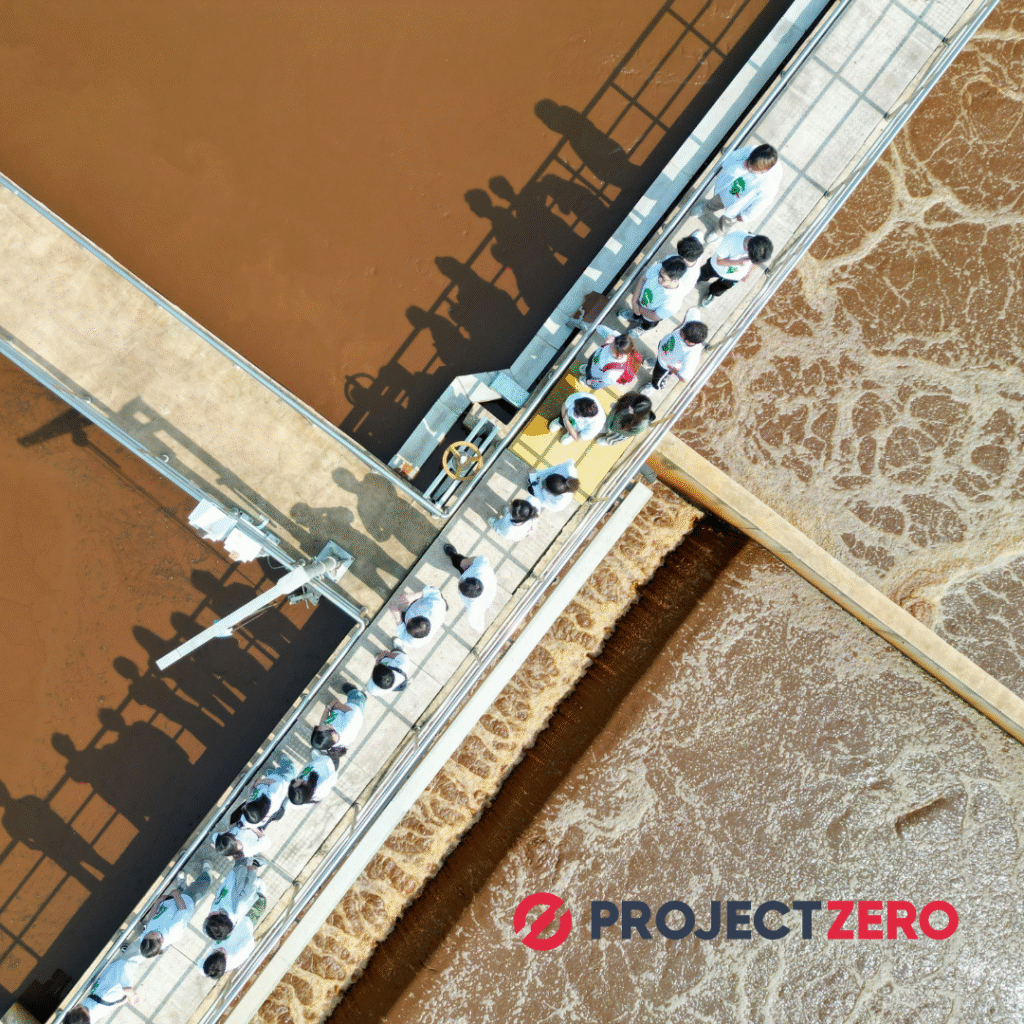
PFAS are called “forever chemicals.” They stay in water, soil and even human blood for many years. The EU is now moving fast to block them. In late 2024 lawmakers agreed new limit values for PFAS in industrial discharges, with full compliance due in 2027.
If your plant sends water to a river or to a city treatment works, these limits will land on your permit. Waiting means two risks at once: fines for non-compliance and long delivery times for the right filters. Below is a clear, easy guide to what changes and how to act.
1. What are the new numbers?
The rules set a combined PFAS cap of 1 µg/L for total PFAS in most industries and 0.2 µg/L for sensitive sectors like food and pharma. Some single PFAS (PFOS, PFOA, PFHxS) keep even lower limits, often in the nanogram range. Local permits can tighten these values further.
2. Why are PFAS so hard to remove?
These molecules have a carbon-fluorine bond that resists heat and normal biology. Standard treatment—clarifiers, sand filters, even most biological steps—barely touches them. You need one of three “polishers”:
- Granular activated carbon (GAC) – cheap media, changed often.
- Ion-exchange resin – higher capacity, higher price.
- Reverse osmosis (RO) – best removal, but high energy and brine to handle.
Many plants pick GAC first, then add RO or resin if the test result is still too high.
3. Building a simple upgrade plan
Step 1 – Test the water. Send a 24-hour composite sample to a lab that can measure total PFAS and key singles down to ng/L. One result gives a baseline.
Step 2 – Make a mass balance. Multiply flow by concentration. A flow of 100 m³/day at 3 µg/L means 300 mg PFAS leave the site daily. This number drives media size and cost.
Step 3 – Choose the first barrier. GAC fits many cases. For higher flows, a good solution is to split the stream; polish only the part that carries PFAS (often rinse water, not cooling water).
Step 4 – Pilot before you buy. A rental skid for a defined period could be a good choice to show real life: pressure drop, media life, lab result. The hire fee is far cheaper than a wrong full-scale choice.
Step 5 – Add the cost to the 2026 CAPEX plan. Lead times for large RO skids already stretch to 10–12 months. Order in 2026, not in 2027.
4. What about sludge and spent media?
PFAS do not vanish; they move. Spent carbon or resin counts as hazardous waste and needs high-temp incineration. Budget the disposal fee early—about €1,000 per tonne in most EU states.
5. People and skills
Plant teams will need new checks: sampling, media swap, brine handling. Short training sessions—two hours in class, one hour at the skid—cover the basics.
6. Link to other rules
The PFAS cap ties into the Industrial Emissions Directive and the Drinking Water Directive, which already list single PFAS at very low levels. Meeting the discharge limit protects downstream taps and eases future permit renewals.
Key takeaways
- By 2027 industrial water in the EU must meet tough PFAS limits.
- Classic treatment is not enough; add GAC, ion exchange or RO.
- Test, pilot and order gear early to avoid long lead times.
- Plan for waste media disposal; PFAS do not disappear.
ProjectZero helps organizations in being aware of regulatory changes and to organize the best solutions to comply with. Remember, an early move in 2025 costs less than a rushed retrofit in 2027.
¹ EU Environment press note, “New wastewater rules include PFAS limits” December 2024
